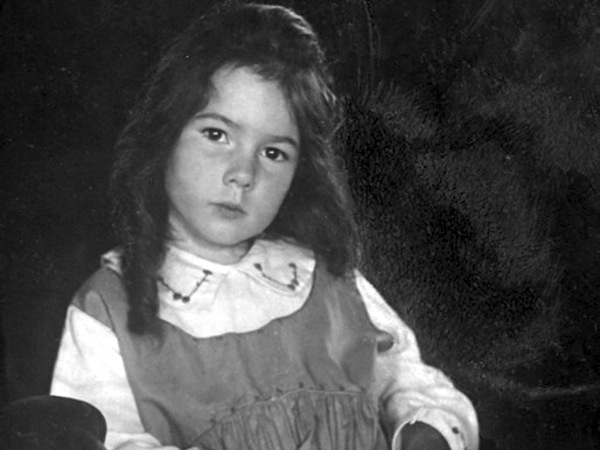【Lady Moon】
Try Not to Write a Best Seller Before Puberty,Lady Moon and Other News
On the Shelf

Barbara Follett. Photo via Farksolia/Lapham’s Quarterly
- Many twelve-year-olds write novels. Few of them garner attention from Alfred A. Knopf, who published The House Without Windowsin 1926, when its author, Barbara Newhart Follett, was still young enough to write to a friend, “Daddy and I are correcting the manuscript.” The book attracted enough critical renown to make Barbara famous, thus ensuring that her life went to pieces—she disappeared in 1939, and no one close to her ever saw her again.
- Virginia Woolf’s turbulent final years were well documented in her correspondence, which is full of sorrow and incoherent lapses into a kind of bliss. “As I told you brutally the other day, I feel no attraction in you. There are moments—when you kissed me the other day was one—when I feel no more than a rock,” she wrote to Leonard Woolf, whom she later married. But then, later: “I owe all the happiness of my life to you. You have been entirely patient with me and incredibly good … I don’t think two people could have been happier.”
- Frederic Tuten remembers his friend Roy Lichtenstein: “People were so shocked by Roy’s paintings in the beginning—it was almost as if he had committed a sacrilege … But the point was, if you make what you think is a work of art, you’re going to do what everyone does. If you make a painting as good as Cezanne or Picasso, so what? Nothing has been added, nothing has been brought forward, nothing has been made to change our conception of painting. This is what I, as a young writer … thought I had learned from Roy. No writer I knew personally at that time gave me the feeling that there was something yet fresh to be done in fiction.”
- What does it really mean to be creepy, at the end of the day? Does it have something to do with “displaced sexual energy”? “We can be creeped out by corporations, by places, by inanimate objects, even by periods of time (who is not vaguely creeped out by the 1970s?). We hesitate to say that these things are inherentlycreepy, and yet the judgment that something is creepy seems somehow more than simply ‘subjective.’ ”
- Time was, any major metropolis worth its salt had a splendorous cathedral on offer. But there’s a more important metric these days: “Cathedrals remain powerful statements of a culture and, to Christians, significant symbols of their faith, but if I were drawing up the rules for what made a city of any worth, my first point of reference would be its botanical garden. These days, I find I have no need of organised religion to guide me through the days. Yet as a denizen of what Henry Miller called ‘the air-conditioned nightmare,’ I find comfort in almost any exposure to the intricate order of the natural world.”






Related Articles